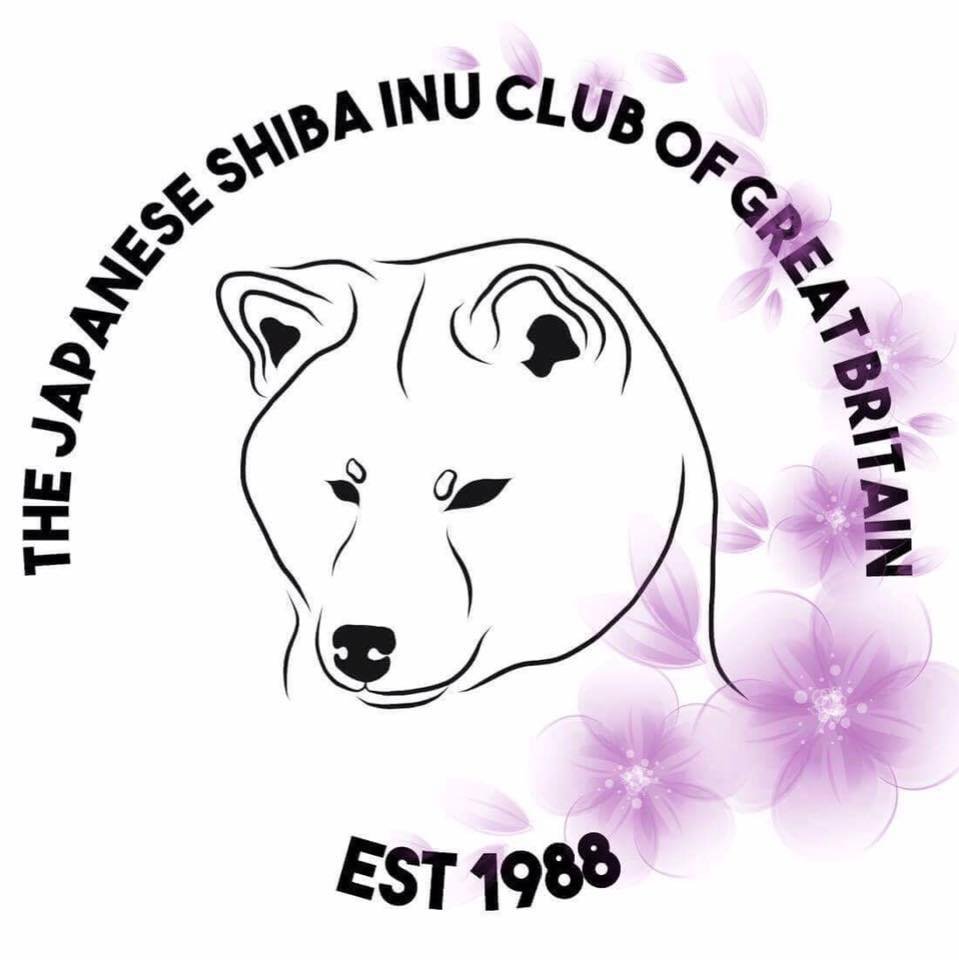Health
Health testing schemes recommended by the Kennel Club and The Japanese Shiba Inu Club of Great Britain are:
Primary Glaucoma/PLA (gonioscopy)
BVA Eye screening scheme
GM1 Gangliosidosis
GM2 Gangliosidosis
Primary Glaucoma/PLA (gonioscopy)
Gonioscopy assessment is to assess the drainage angle in breeds susceptible to primary closed angle/angle closure glaucoma and tonometry to measure the intraocular pressure in breeds susceptible to primary open angle glaucoma. This test should be repeated every three years per the BVA’s current advice. Each dog will be scored in the UK as per the below:
Grade 0: Normal iridocorneal angle (ICA) with no/minimal (0%-<1%) pectinate ligament abnormality. Unaffected, normal iridocorneal angle - highly unlikely to develop primary glaucoma. Suitable for breeding.
Grade 1: 1-25% of ICA affected by PLA. Mildly affected - unlikely to develop primary glaucoma. Suitable for breeding.
Grade 2: 26-75% of ICA affected by PLA. Moderately affected - low risk of developing primary glaucoma. Breed specific advice required if breeding considered.
Grade 3: >75% of ICA affected, and/or severe narrowing of ICA. Severely affected - highest risk of developing primary glaucoma. Not recommended for breeding.
In addition to raised intraocular pressure the common clinical signs of acute closed angle glaucoma include pain, episcleral congestion, corneal oedema and a dilated non-responsive pupil. The age at which glaucoma presents will vary between breeds. The drainage channel in dogs cannot be viewed directly and therefore a goniolens is used to assess the eye.
BVA Eye Testing Scheme
The eye testing scheme as provided by the BVA is recommended to be completed annually by a BVA eye panelist. The conditions screened for during these examinations include:
Congenital/Neonatal eye conditions (inherited conditions present at birth):
(CEA) Collie eye anomaly
(MRD) Multifocal retinal dysplasia
(TRD) Total retinal dysplasia
(CHC) Congenital hereditary cataract
(PHPV) Persistent hyperplastic primary vitreous
(PLA) Pectinate ligament abnormality
Inherited conditions that develop later in life:
(HC) Hereditary cataract
(PLL) Primary lens luxation
(POAG) Primary open angle glaucoma
(PRA) Progressive retinal atrophy
(RPED) Retinal pigment epithelial dystrophy
Other eye conditions which may be identified during the examination include:
Distichiasis
Ectopic cilia
Trichiasis
Entropion
Ectropion
Combined entropion/ectropion
Corneal lipid deposition
Ocular Melanosis
Persistent pupillary membrane
Various lens conditions
Various retinal conditions
Optic nerve hypoplasia
Multi-ocular defects
Some signs of potential eye disease include:
Redness
Dilated pupil
Discharge
Cloudy appearance
Treatment for eye disease will depend on the specific eye disease the dog has.
GM1 Gangliosidosis
GM1 gangliosidosis is an inherited lysosomal storage disorder which affects Shiba Inu type dogs. Dogs with GM1 have a deficiency in the activity of the enzyme beta-galactosidase, which is responsible for breaking down specific carbohydrates in the cells. This results in an accumulation of the ganglioside carbohydrate GM1 in cells, especially in the cells of the brain and nervous system, causing damage to the central nervous system. Signs of GM1 include:
Vision loss
Difficulty walking
Loss of balance
Head tremors
Lethargy
Weight loss
Affected dogs show signs of GM1 around 5/6 months of age, and the condition is progressive and lethal at around 15 months of age.
GM1 is inherited in an autosomal recessive manner which means that the dog must inherit two copies of the mutated gene (ie one from each parent) to develop the disease. Dogs who inherit a single copy of the mutated gene, from one parent, are not affected but are carriers who may have affected offspring if bred with another carrier.
In the UK, DNA tests can be completed with Laboklin for GM1 via a cheek swab which will be analysed. We would recommend that all results are submitted to the Shiba health survey at https://www.shibahealth.co.uk/gm-health-survey.php where all results will be treated with the strictest confidence. Results will tell you whether your dog is clear, carrier or affected.
GM2 Gangliosidosis (Sandhoff)
GM2 gangliosidos is similar to GM1 however, GM2 is where there is a deficiency in the beta-hexosaminidase enzyme. Beta-hexosaminidase is responsible for breaking down fatty substances called GM2 gangliosides and globosides. The disease pattern normally appears earlier and aggravates quicker compared to GM1. Even though both forms of gangliosidosis have similar symptoms, they are evoked by completely different defects of two specific lysosomal enzymes. These genetic mutations are due to a modification in the genetic code.
Signs of GM2 include:
Incoordination
Intention tremor (a tremor that is evident when an affected dog initiates a voluntary movement)
Dysmetria (disturbance in the control in the range of muscular movement)
Progressive inability to stand
Corneal clouding
Muscle rigidity
Affected dogs have a dramatically shortened expectancy and generally live for 15-16 months.
As with GM1, GM2 is also inherited in an autosomal recessive manner which means that the dog must inherit two copies of the mutated gene (ie one from each parent) to develop the disease. Dogs who inherit a single copy of the mutated gene, from one parent, are not affected but are carriers who may have affected offspring if bred with another carrier.
In the UK, DNA tests can be completed with Laboklin for GM2 via a cheek swab which will be analysed. We would recommend that all results are submitted to the Shiba health survey at https://www.shibahealth.co.uk/gm-health-survey.php where all results will be treated with the strictest confidence. Results will tell you whether your dog is clear, carrier or affected.
If your Shiba develops any other health condition(s) during it’s lifetime, please submit the details to the shiba inu health survey which can be found HERE.
For more information on health related matters, please contact our Breed Health Co-ordinator, Michael Needs.
